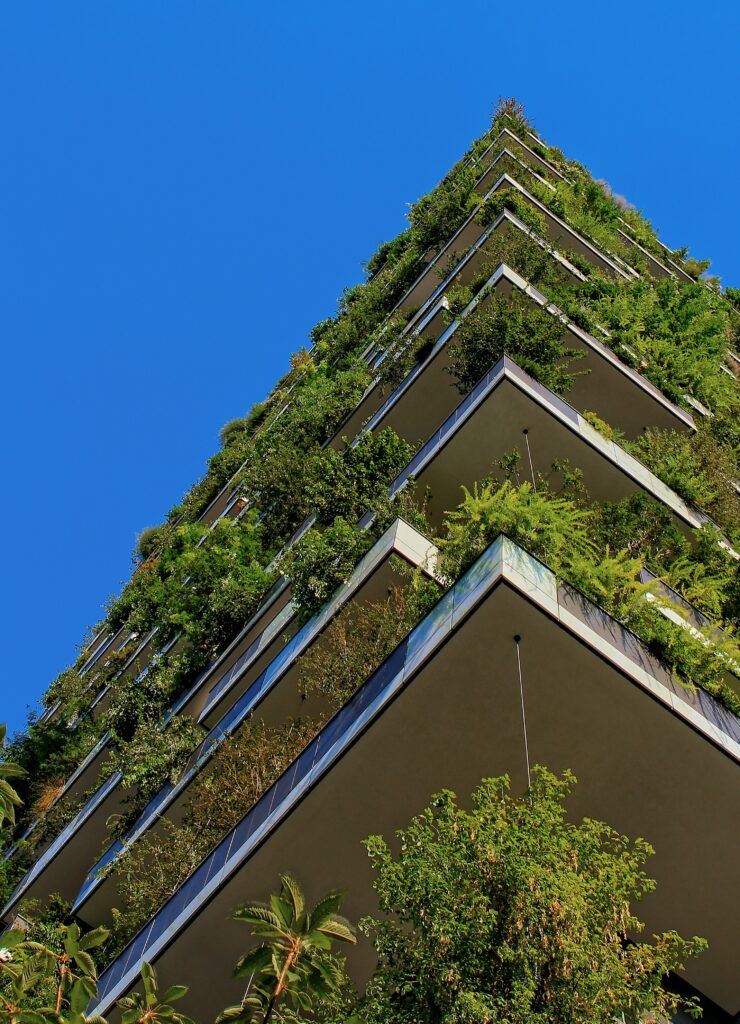In 2021, the extraction, transport and manufacture of materials for the construction sector accounted for 10% of global greenhouse gas emissions. If buildings are to make a significant contribution to keeping global temperature rise at 1.5°C above pre-industrial levels, limiting emissions from building materials is crucial.
To achieve this goal, technical versions of old building technologies such as wood, straw or bamboo are essential. These bio-based building materials generally require less energy to manufacture and have the ability to capture and store carbon through photosynthesis.

Green Future is near
For this reason, experts in green building policy, climate science and architecture are increasingly touting the benefits of transforming buildings from a giant carbon source into a giant carbon sink.
As students of corporate sustainability and bioproduct markets, we closely monitor trends in the green building and construction industry and the responses they are provoking in economic sectors trying to reduce emissions. With increasing corporate advertising touting natural materials like wood as “the new concrete” in corporate offices and warehouses, we think it’s time to explore the possibilities and limitations of manufacturing building materials to become part of a company’s Net Zero carbon promise.
What unites these technologies is the potential to combine climate benefits with the shift towards off-site construction and prefabrication, where planning, design, fabrication and, in some cases, assembly of building elements take place at a location other than the final construction site.
Many of the manufacturers offering buildings from bio-based materials are actually a new class of technology start-ups backed by large investors.

A sustainable future of Buildings
Prefabrication helps optimize the use of materials and models adaptive structures that can be deconstructed, modified, and reassembled, reducing the need for new resources.
This gives companies enormous flexibility in planning the long-term use of their office buildings, retail stores, warehouses and factories without having to think about demolishing a building.
